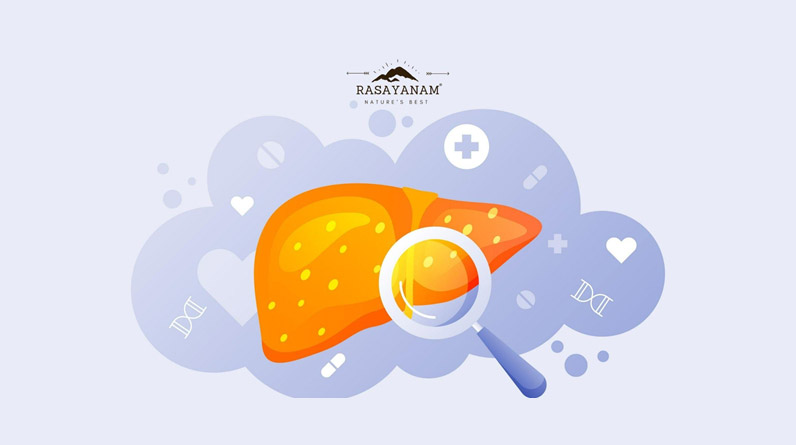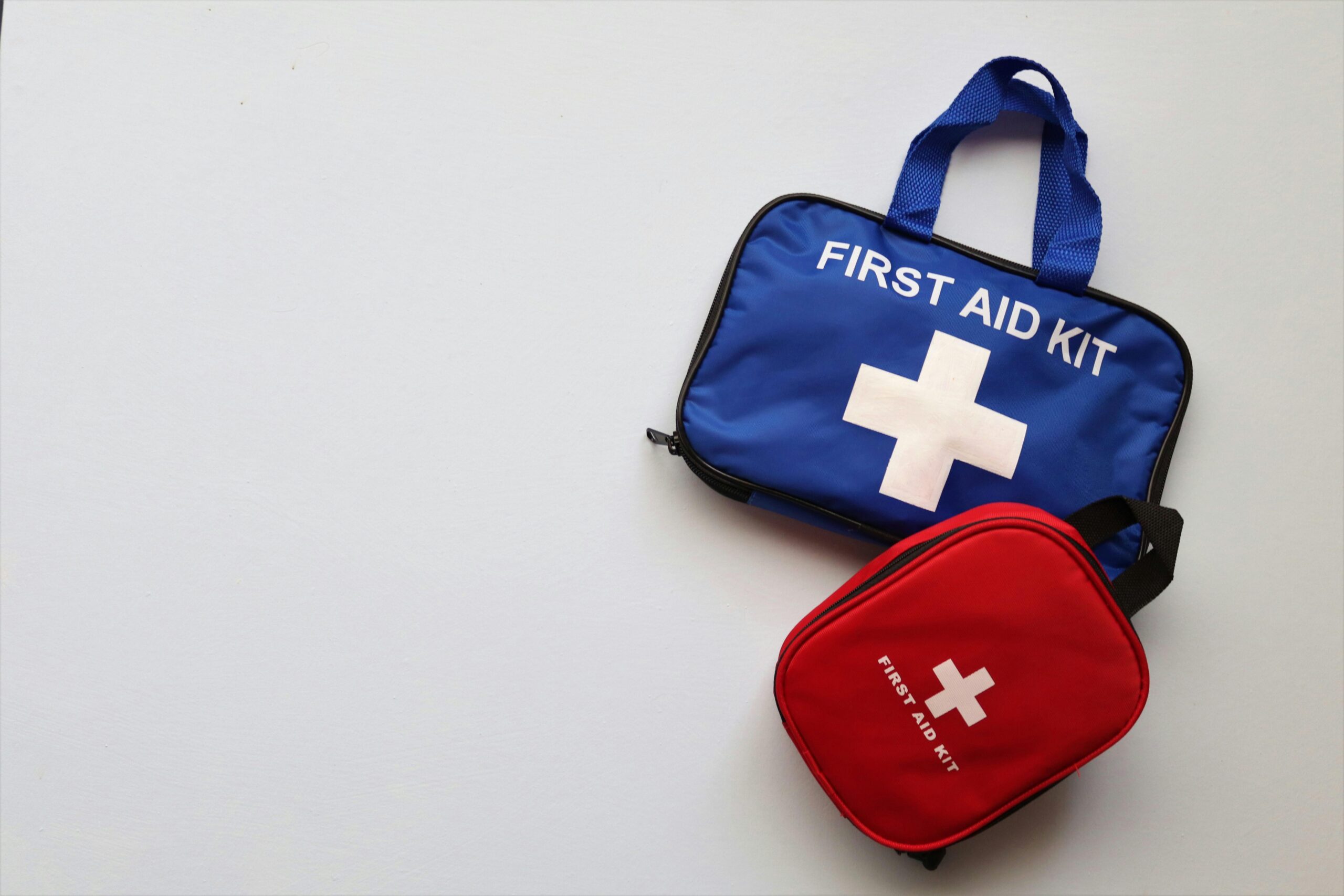Millions of people across the world suffer from fatty liver problems, but very few actually know what type they have. Some cases are linked to drinking alcohol, while others happen without alcohol at all. The two main types are Non-Alcoholic Fatty Liver (NAFLD) and Alcoholic Fatty Liver (AFLD).
According to the World Health Organization (WHO), about 25% of the global population is affected by non-alcoholic fatty liver, while alcohol-related liver disease causes nearly 5% of all deaths worldwide. These numbers show how serious the issue is.
In this article, we will explore non alcoholic fatty liver vs alcoholic fatty liver, understand their causes, symptoms, treatments, and how you can protect your liver health.
Understanding Fatty Liver Disease
Fatty liver disease happens when too much fat builds up in liver cells. Normally, the liver contains a small amount of fat. But if fat makes up more than 5–10% of the liver’s weight, it becomes a problem. Over time, this condition can cause inflammation, scarring, and even liver failure if not treated early.
There are two main types:
- Non-Alcoholic Fatty Liver (NAFLD)
- Alcoholic Fatty Liver (AFLD)
Both sound similar but have different causes and treatments. Let’s look at each one in detail.
What is Non-Alcoholic Fatty Liver (NAFLD)?
NAFLD happens when fat builds up in the liver without alcohol being the cause. It is strongly linked with unhealthy lifestyle habits.
Causes of Non-Alcoholic Fatty Liver:
- Obesity – Overweight people are at higher risk.
- Diabetes and insulin resistance – Blood sugar imbalance increases liver fat.
- Unhealthy diet – Too much sugar, processed foods, and fried items.
- Lack of exercise – A Sedentary lifestyle slows metabolism.
- Genetics – Family history can also play a role.
Symptoms of NAFLD:
Most people don’t notice symptoms in the early stage. But as the disease progresses, common signs include:
- Constant fatigue
- Mild pain or heaviness in the upper right abdomen
- Unexplained weight gain
- Enlarged liver (seen in medical scans)
If untreated, NAFLD may turn into Non-Alcoholic Steatohepatitis (NASH), which causes liver inflammation and may lead to cirrhosis.
What is Alcoholic Fatty Liver (AFLD)?
Alcoholic fatty liver happens when a person consumes excess alcohol for a long time. The liver breaks down alcohol, but too much damages liver cells and causes fat deposits.
Causes of Alcoholic Fatty Liver:
- Heavy drinking – Even moderate drinking over many years can cause damage.
- Poor nutrition – Alcohol reduces the body’s ability to absorb nutrients.
- Genetics – Some people are more sensitive to alcohol’s effect on the liver.
Symptoms of Alcoholic Fatty Liver:
Like NAFLD, AFLD may not show clear symptoms at first. However, signs may include:
- Tiredness and weakness
- Sudden weight loss
- Pain in the upper abdomen
- Yellowish skin or eyes (jaundice) in advanced stages
If ignored, AFLD can progress to Alcoholic Hepatitis (inflammation of the liver due to alcohol) and later to Alcoholic Liver Disease or cirrhosis, which is life-threatening.
Non Alcoholic Fatty Liver vs Alcoholic Fatty Liver: Key Differences
| Feature | Non-Alcoholic Fatty Liver (NAFLD) | Alcoholic Fatty Liver (AFLD) |
| Main Cause | Unhealthy diet, obesity, diabetes, lifestyle | Excess alcohol consumption |
| Age Group Affected | Common in middle-aged and overweight individuals | Common in adults with long-term alcohol use |
| Symptoms | Often silent, fatigue, mild abdominal pain | Fatigue, weight loss, jaundice (advanced) |
| Progression | May lead to NASH, cirrhosis, liver cancer | May lead to alcoholic hepatitis, alcoholic liver disease, and cirrhosis |
| Treatment Focus | Lifestyle changes, diet, exercise | Complete alcohol abstinence, nutrition, and medical care |
Global Burden of Fatty Liver Disease
- Non-Alcoholic Fatty Liver Disease (NAFLD) affects about 1 in 4 adults worldwide.
- Alcoholic liver disease accounts for nearly half of all liver-related deaths in Europe.
- By 2030, experts predict NAFLD will become the leading cause of liver transplants
These figures highlight why knowing the difference between NAFLD and AFLD is crucial.
Treatment for Non-Alcoholic Fatty Liver
Unlike other diseases, there is no single pill that cures NAFLD. Treatment focuses on lifestyle improvements:
- Weight loss – Even a 7–10% weight reduction can reduce liver fat.
- Healthy diet – Eat whole grains, vegetables, fruits, and nuts, and avoid fried or sugary foods.
- Regular exercise – At least 30 minutes of daily activity improves liver health.
- Manage diabetes and cholesterol – Keeping blood sugar under control reduces risk.
- Avoid unnecessary medicines – Some drugs can put extra pressure on the liver.
Treatment for Alcoholic Fatty Liver
The first and most important step is complete alcohol abstinence. Continued drinking worsens the damage.
- Quit alcohol – Even small amounts are harmful once the liver is affected.
- Balanced nutrition – Eat foods rich in vitamins, especially B-complex, and proteins.
- Medical support – Doctors may prescribe medicines to reduce liver inflammation.
- Counseling and support groups – Programs like Alcoholics Anonymous (AA) can help patients stay alcohol-free.
- Liver transplant – In severe alcoholic liver disease cases, transplant may be the only option.
Preventing Fatty Liver Disease
Prevention is always better than a cure. To protect your liver:
- Limit alcohol or avoid it completely.
- Maintain a healthy weight.
- Exercise regularly.
- Eat a balanced diet low in sugar and unhealthy fats.
- Go for regular health check-ups if you have risk factors like obesity or diabetes.
Final Word
Your liver plays a silent yet powerful role in keeping your body balanced — filtering toxins, supporting digestion, and maintaining overall energy. Whether your concern is non-alcoholic or alcohol-related fatty liver, the key is consistent care through a clean diet, exercise, and the right nutritional support.
Give your liver the protection it deserves with Rasayanam Liver Detox, expertly formulated to help flush out toxins, improve metabolism, and restore healthy liver function naturally.
FAQs
1. Can non-alcoholic fatty liver turn into cirrhosis?
Yes. If untreated, NAFLD can progress to NASH and later cause liver scarring (cirrhosis).
2. Is alcoholic fatty liver reversible?
Yes, in the early stages. If a person quits alcohol completely, the liver can heal and function normally.
3. How do I know if I have fatty liver?
Most cases are silent. Only a blood test, ultrasound, or liver scan can confirm fatty liver.
4. What foods are good for fatty liver?
Fruits, vegetables, whole grains, nuts, green tea, and foods rich in omega-3 fatty acids are helpful.
5. Can thin people also get fatty liver?
Yes. Even people with a normal weight can develop fatty liver if they have a poor diet, diabetes, or drink alcohol.
Conclusion
When it comes to non alcoholic fatty liver vs alcoholic fatty liver, the difference lies in the cause, but both are equally dangerous if ignored. NAFLD is mainly due to lifestyle factors, while AFLD results from heavy drinking. Both conditions can progress to life-threatening diseases like cirrhosis or liver cancer.
The good news is, with the right diet, exercise, alcohol control, and medical care, fatty liver can be managed and even reversed in many cases. Your liver is a vital organ that keeps your body healthy. So take care of it today before it’s too late.


